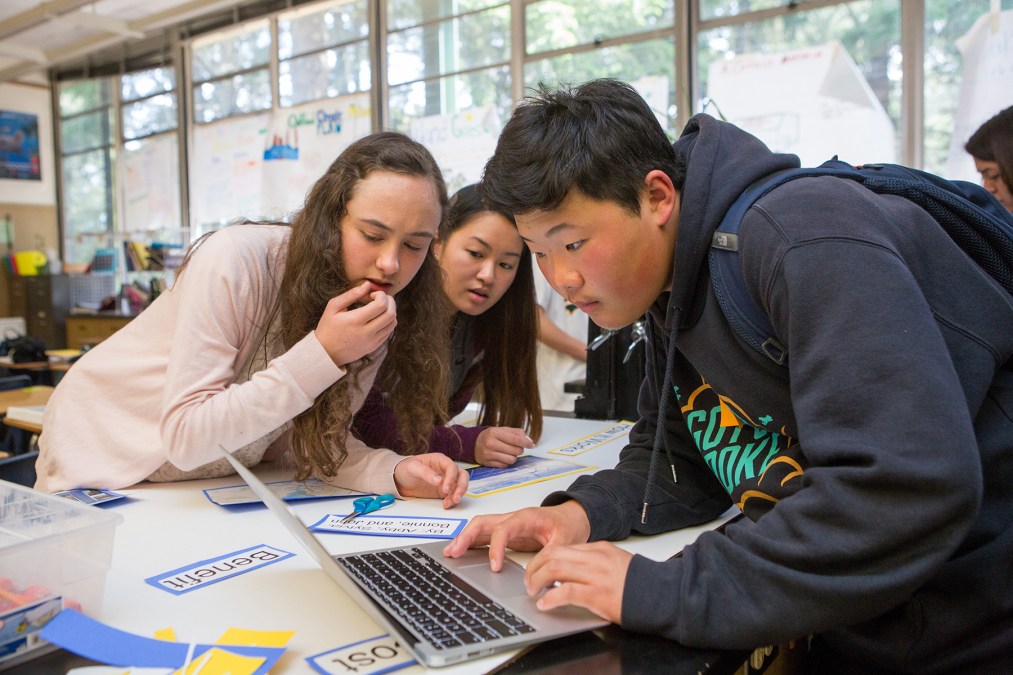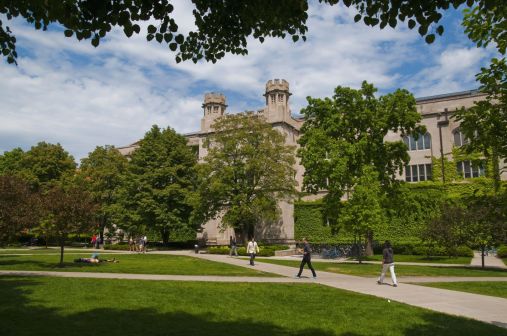How technology can power enthusiasm and self-directed learning

According to Matt Renwick, author and principal of Mineral Point Unified School District in Wisconsin, student learning experiences require complex assignments that not only demonstrate content knowledge but should also gauge enthusiasm, communication skills and habits of mind.
In a recent webinar hosted by edWeb.net, Renwick said that authentic assessments, a measure of meaningful intellectual accomplishments used instead of traditional multiple-choice standardized testing, are always about the connections we make with students, each other, and the broader community.
Only 47 percent of secondary students surveyed in a recent Gallup poll reported being engaged, enthusiastic and committed to their learning. Students who were able to agree with the statements “My school strongly is committed to building the strengths of each student,” and “I have at least one teacher who makes me excited about the future,” were 30 times more likely to be engaged at school when compared with students who strongly disagreed with the same items.
Building a framework for self-directed learning
The entire school community needs to partner with students to build a culture of student engagement that will result in students learning to their potential.
Renwick recommended that teachers collaborate with their students to teach them how to learn and develop a love for learning. Teachers need to become students, and students need to become teachers so that students can create, design, and assess their personal learning experience, he said. By providing students with access to authentic audiences such as their peers, they can demonstrate their knowledge of the curriculum and communicate the skills that they are acquiring while being evaluated by their teachers for impact and success.
But what about technology?
Technology can be useful for learning when used as a communications tool for activities such as Skyping with a famous author, he said. But technology can also be used to accelerate self-directed learning.
For example, students can use a blogging tool to post summer book reviews for other students, and the librarian can mediate a conversation around their reading and writing. Some of the most effective ways to accelerate self-directed learning are when students learn beyond the walls of the classroom, advocate for their authentic learning assessment, and become entrepreneurs helping kids and their communities.
In Portland, Oregon, teens created a summer activities app that provided students and families with fun summer event opportunities. Another group of teens generated a teen suicide outreach app to make it easier to call for help in times of distress. Young students of Margaret Simon, a gifted and talented teacher in Louisiana, use a student blog where they post chronicles of their projects and provide teacher-facilitated feedback to each other.
In these and many other scenarios, technology is used as both a tool and a context for engaging students, creating a network of resources and support, developing partnerships with teachers and personalizing the learning so that assessments measure the growth of the whole child.
About the presenter
Matt Renwick has been a public educator for 19 years. He began as a 5th- and 6th-grade teacher in Rudolph, Wisconsin. He now serves as an elementary principal for the Mineral Point Unified School District. Matt also teaches online graduate courses in curriculum design and instructional leadership for the University of Wisconsin-Superior. He tweets from @ReadByExample and writes for ASCD and Choice Literacy.
About the host
Siobhan Nordstrom is the community manager for FreshGrade and is certified in adult continuing education. In the last three years, she has led dozens of professional development sessions, all of which have affected the way that educators communicate learning through eportfolios. Siobhan has extensive knowledge about the product and the various ways it is being used across the U.S. and Canada.
Join the community
TechTools is a free professional learning community on edWeb.net where educators can discover new resources, free technology, and great ideas for integrating technology into the classroom to engage and inspire students.
This edWeb webinar referenced above, sponsored by FreshGrade, can be found here.




